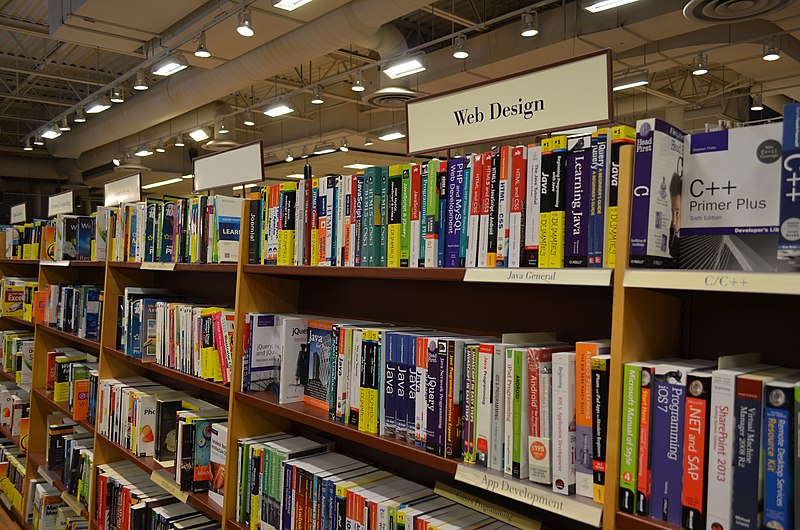
Long before
The Clock—Christian Marclay’s
enveloping “real-time” digital panorama of clocks depicted in
films—became an art-world smash last year, the artist produced a
similar, if less ambitious piece.
Telephones
(1995) stitched together nearly eight minutes of Hollywood stars,
present and past, engaging with the phone—being startled awake by its
shrill clamor, gazing anxiously for an anticipated ring, fingers
fumbling through the now seemingly endless rotary dialing sequence,
playing a small pantomime as they wait for the person on the other end
of the line to pick up.
Telephones (which Apple rather shamelessly appropriated for its debut iPhone advertising campaign) anticipates The Clock
not just in technique, but in the staggering ubiquity of its object: In
modern life, even before the presence of the mobile phone, you were
likely to be as close to a telephone as you were to a clock. One can
trace a literal progression to our very hearts: The telephone, once it
began to penetrate the household (at first just the wealthiest homes),
moved from front hallway to living room to kitchen to bedroom and then,
finally, into the pocket. It is quite likely that the closest clock to
you is now your phone.
During that trajectory, the phone went from a crafted piece of
furniture to mass-produced icon of standardized industrial design to
anonymous commodity object—with only a few memorable detours into
“design” along the way, like the
MOMA-enshrined, Gosta Thames-designed “Ericofon,” which was made by Sweden’s Ericsson, looks like something out of Woody Allen’s
Sleeper
and seems much better to look at than to actually use. And, then,
finally, into its current form as a dematerialized “function,” one of
many, on a “smartphone.” You don’t even need a “phone” anymore to make a
phone call—you simply need bandwidth and an input/output device. The
phone as an object reflects these fascinating changes, not only in the
patterns of consumer capitalism, but the role of communication
technology in our lives.





